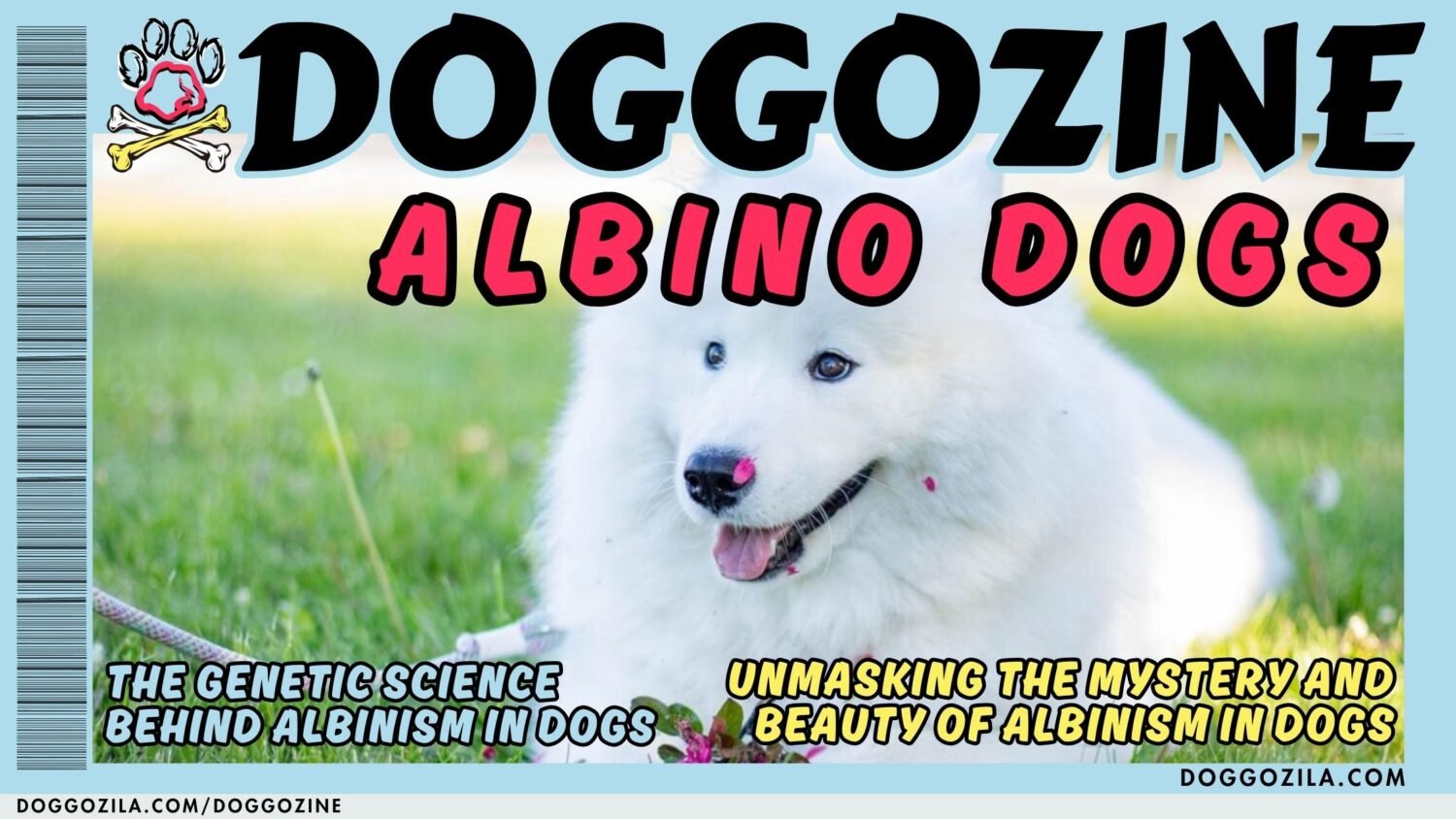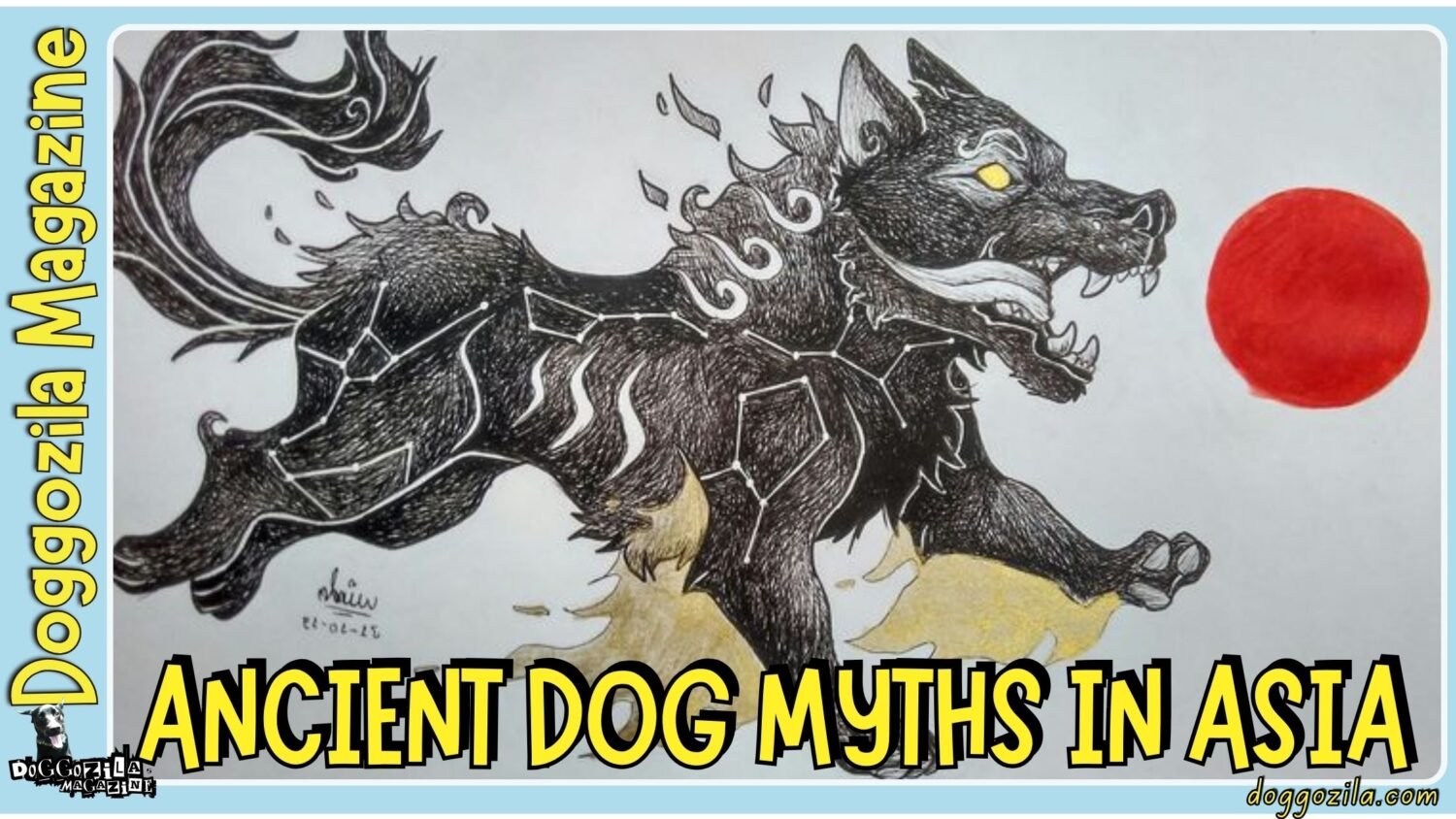Many dog owners now seek natural feeding options. The raw food diet for dogs has grown popular. This feeding philosophy, often called BARF (Biologically Appropriate Raw Food or Bones and Raw Food), aims to mirror the ancestral eating patterns of wild canines. It often uses raw meat, bones, and organs.
Scientific research continues to explore its effects. This article examines the proven benefits and risks. We will help you make an informed choice. Many report amazing changes in their dogs. They see shinier coats and more energy. But other owners worry about potential risks.
We will navigate these conflicting perspectives by examining peer-reviewed studies, clinical trials, and veterinary insights. This review uses studies and veterinary insights. Join us as we explore the fascinating science behind this controversial feeding approach and help you make an informed decision for your furry best friends.
Is the secret to your dog’s vibrant health hidden in the diet of their wild ancestors?
Discover what peer-reviewed science actually says about the benefits and risks of raw feeding.
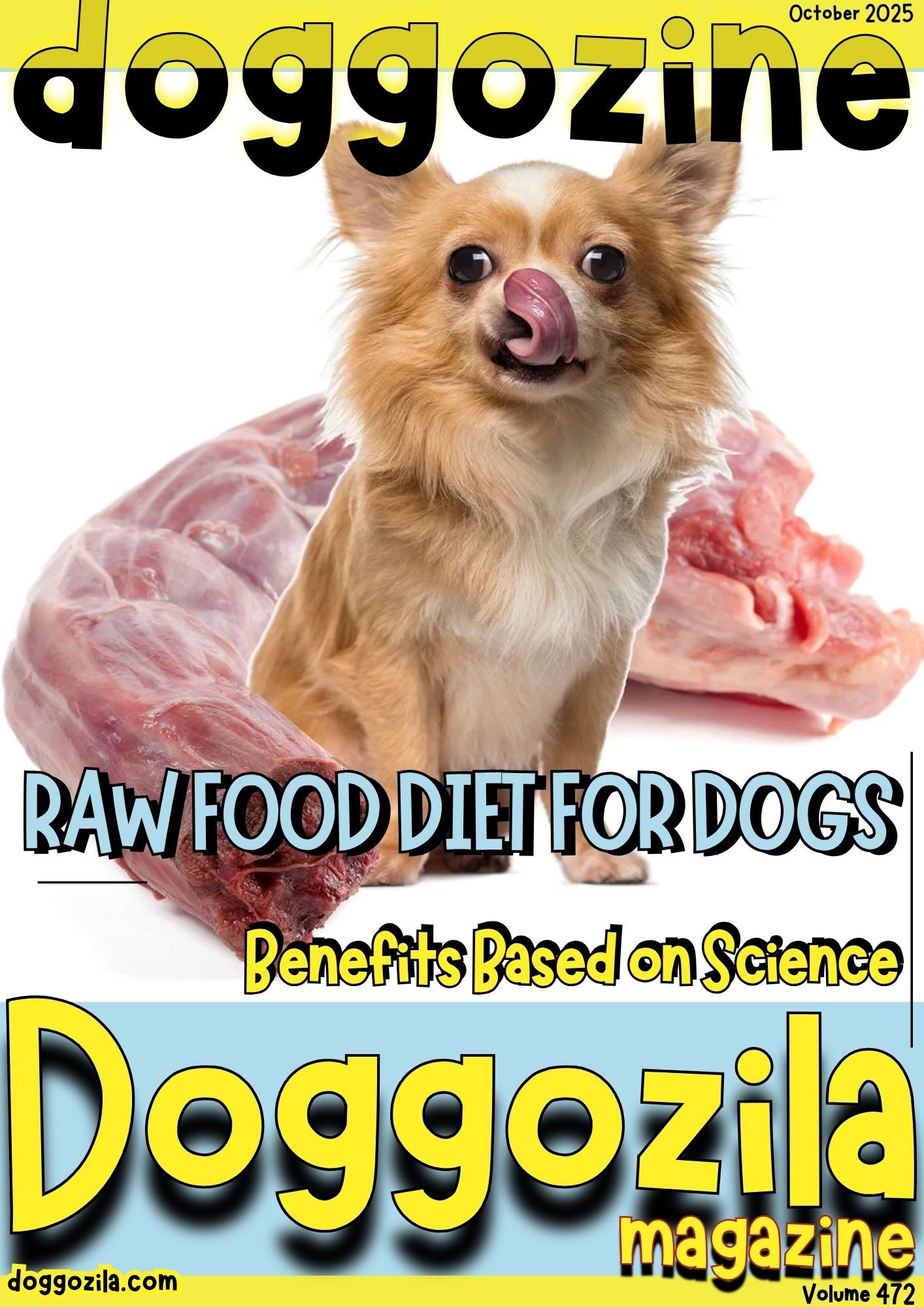
UNDERSTANDING THE RAW FOOD DIET FOR DOGS
A raw food diet for dogs uses uncooked ingredients. It typically includes muscle meat and organ meats. Raw meaty bones, eggs, and vegetables are also common. The core principle looks to evolutionary biology. Dogs’ digestive systems resemble their wild ancestors’. Proponents believe this supports biological appropriateness.
Commercial options have improved significantly. You can now buy frozen or freeze-dried formulas. These products aim for complete nutrition. Other owners prefer homemade raw food diet for dogs. This method requires very careful planning. Nutritional adequacy depends on precise dog food recipes.
Pet care humanization drives this trend. Owners want natural, minimally processed foods. Surveys show raw feeding is growing quickly. This shift is a major movement in pet care. However, it remains controversial among experts.
Key Takeaways: The Science of a Raw Food Diet for Dogs
| Point | Details |
| Evolutionary Foundation | The diet is based on the idea that a dog’s digestive system is still optimized for the raw, whole foods their ancestors consumed, which informs its biological appropriateness. |
| Potential for Improved Physical Health | Studies and reports suggest benefits like shinier coats, healthier skin, leaner body mass, and improved dental health from chewing raw meaty bones. |
| Positive Gut Health Impact | Research indicates raw-fed dogs often have a more diverse gut microbiome and produce smaller, firmer, less odorous stools, signaling efficient digestion. |
| Nutritional Balance is Crucial | A major risk of homemade raw diets is nutritional imbalance. Correct calcium-to-phosphorus ratio and essential vitamins require careful planning, often with professional guidance. |
| Significant Safety Considerations | Raw diets can harbor pathogens like Salmonella and Listeria. Strict hygiene and safe handling practices are non-negotiable to protect both pets and humans. |
| Transition Gradually | Switching should be done slowly over 7-10 days to avoid digestive upset. The dog’s response should be closely monitored for weight, energy, and stool quality. |
| Commercial vs. Homemade | Commercial raw products offer convenience and formulated nutrition, while homemade diets allow customization but carry a higher risk of nutritional error. |
| Not for Every Household | Households with immunocompromised individuals, young children, or the older people should carefully weigh the risks due to the potential for pathogen transmission. |
| Promising Future with Innovation | Technology like High-Pressure Processing (HPP) is making raw diets safer, and ongoing research continues to explore the long-term health impacts. |
What Comprises a Complete Raw Food Diet for Dogs?
A balanced raw food diet for dogs must include several key components to meet all nutritional requirements. Muscle meat provides the foundation, supplying essential proteins and amino acids necessary for tissue repair and energy production.
Organ meats like liver and kidney deliver concentrated vitamins and minerals, while raw meaty bones offer calcium, phosphorus, and dental benefits. These elements work together to create a nutritionally diverse foundation that mimics the nutrient profile of wild prey.
Common Misconceptions About The Raw Food Diets
Many people mistakenly believe that a raw food diet consists solely of muscle meat, which would lead to severe nutritional deficiencies. Others incorrectly assume that all raw diets automatically provide complete nutrition without careful formulation.
Some owners also overestimate dogs’ resistance to foodborne pathogens, not realizing that healthy dogs can still shed harmful bacteria without showing symptoms. Understanding these misconceptions helps owners make more informed decisions about their feeding approach.
The Historical Context of Raw Feeding Practices
The modern concept of a raw food diet gained momentum in the 1990s through the work of Australian veterinarian Ian Billinghurst. However, feeding raw meat and bones to working and sporting dogs has been common practice for centuries. Sled dog teams and racing greyhounds have long received raw diets to support their extreme physical demands, demonstrating the historical precedent for this feeding method before its recent popularization for family pets.
🔑 Key Points: A raw food diet aims to mimic a dog’s ancestral diet and typically includes raw muscle meat, organs, bones, and some vegetables/fruits, based on the principle that a dog’s digestive system is still optimized for these foods.
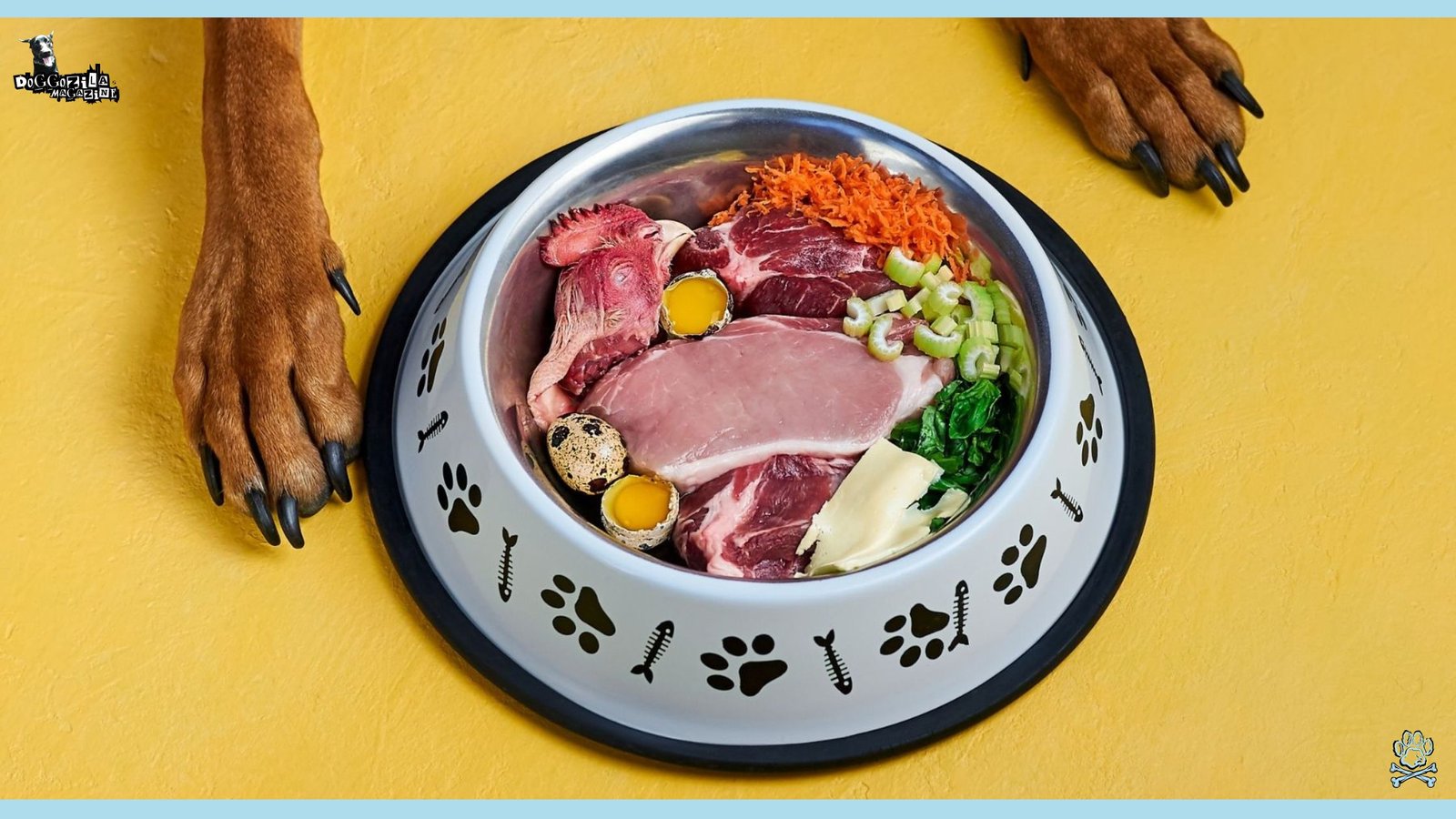
THE SCIENTIFIC FOUNDATION OF RAW FOOD DIETS FOR DOGS
The theory stems from comparative digestive physiology. Domestic dogs and wolves have similar guts. Genetic studies show dogs digest starch better. But their digestive anatomy remains largely unchanged. They have a short gastrointestinal tract. Their stomach environment is highly acidic. This provides the argument for raw feeding.
Research on digestibility shows intriguing findings. Some studies show high nutrient availability in raw diets. Protein digestibility can be higher than processed foods. But other research found cooked meat was better. These conflicting results highlight the complexity. Ingredient quality and preparation matter greatly.
Studies on health impacts are also mixed. A 2021 study published in the Journal of Animal Science compared raw and kibble-fed dogs. Raw-fed dogs had different serum alkaline phosphatase. They also showed different globulin concentrations. Lymphocyte counts were higher in raw-fed dogs. These suggest impacts on immune function.
Evolutionary Evidence Supporting The Raw Food Diets
The ancestral diet argument forms the cornerstone of biological rationale for raw feeding. Canine digestive systems evolved to efficiently process raw meat, bones, and organs from prey animals. Their short gastrointestinal transit time, highly acidic stomach environment, and natural resistance to many pathogens reflect this evolutionary history. While domestication has introduced some adaptations, the fundamental digestive physiology remains optimized for the nutrient profile provided by a raw food diet for dogs.
Digestibility Studies on Raw Food Diets
Research examining nutrient bioavailability provides concrete data supporting some raw feeding claims. Several studies have demonstrated excellent protein and fat digestibility in properly formulated raw diets, sometimes exceeding values for extruded foods.
However, digestibility varies significantly based on ingredient quality and specific formulation. The presence of raw bones also influences mineral absorption, particularly calcium and phosphorus, which show high bioavailability from properly prepared raw sources.
Comparative Analysis of Different Feeding Approaches
When evaluating a raw food diet for dogs against other feeding methods, each approach demonstrates distinct advantages and limitations. Kibble offers convenience and cost-effectiveness, while lightly cooked dog diets provide a middle ground with reduced pathogen risk. Freeze-dried raw maintains many nutritional benefits with longer shelf life. Understanding these comparisons helps owners select the approach that best aligns with their priorities, lifestyle, and comfort with potential risks.
🔑 Key Points: The core scientific argument for raw diets stems from comparative anatomy, showing dogs have digestive systems (short GI tracts, acidic stomachs) similar to their wild relatives, though research on digestibility and health impacts shows mixed results.
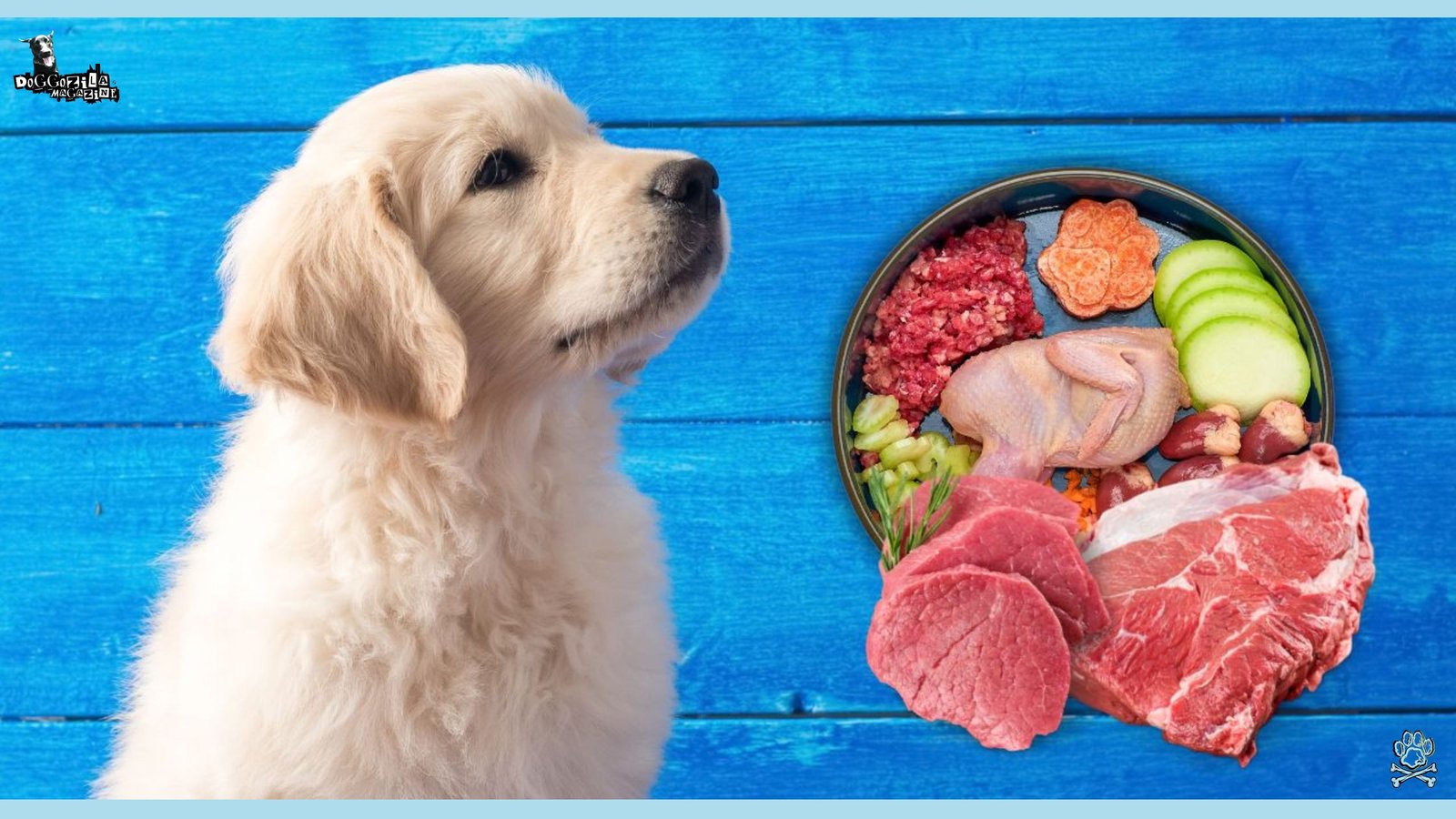
DOCUMENTED HEALTH BENEFITS OF THE RAW FOOD DIET FOR DOGS
Strong anecdotal reports and research suggest benefits. A 2021 study published in the Journal of Animal Science found improvements. Dogs on raw meat-based diets had better health scores. These scores evaluated dental and skin health. Ear canal health was also better.
Researchers saw better skin and coat condition. This meant shinier coats and less scaling. It likely comes from good fatty acids. High-quality bioavailable proteins also help. Many report better dental health. Raw meaty bones clean teeth mechanically.
Some studies indicate better weight management. The high-protein, low-carb profile promotes lean muscle. It may reduce excess fat storage. Several studies reported stable body condition. This suggests raw diets can help prevent obesity. The diet is more satiating for some dogs.
Physical Transformations from The Raw Food Diets
The most immediately noticeable benefits often appear in dogs’ physical appearance and vitality. Owners frequently report dramatic improvements in skin and coat condition within weeks of transitioning to raw feeding. These transformations include silkier texture, reduced shedding, and resolution of chronic skin conditions that previously resisted treatment. Many dogs also develop leaner muscle mass and improved muscle tone, likely resulting from the high-quality, bioavailable protein in a raw food diet for dogs.
Metabolic Benefits from The Raw Food Diets
Beyond visible changes, raw feeding may influence underlying metabolic processes. Research has identified differences in various blood parameters between raw-fed and kibble-fed dogs, including alterations in liver enzymes and globulin proteins.
Some studies suggest that the absence of high-temperature processing and reduced carbohydrate content in a raw food diet for dogs may create a more favorable metabolic environment, potentially reducing factors associated with chronic inflammation and metabolic stress.
Long-Term Health Impacts from The Raw Food Diets
While long-term controlled studies remain limited, observational evidence suggests that dogs maintained on properly formulated raw diets may experience reduced incidence of certain chronic conditions. The potential benefits include improved joint health, reduced allergic manifestations, and healthier aging. These long-term advantages likely stem from the combination of optimal nutrient bioavailability, reduced inflammatory triggers, and the absence of processing-related compounds that may accumulate in tissues over time.
🔑 Key Points: Studies suggest properly formulated raw diets can lead to improved skin and coat health, leaner body mass, and better dental health, with some research showing statistically better clinical health scores compared to kibble-fed dogs.
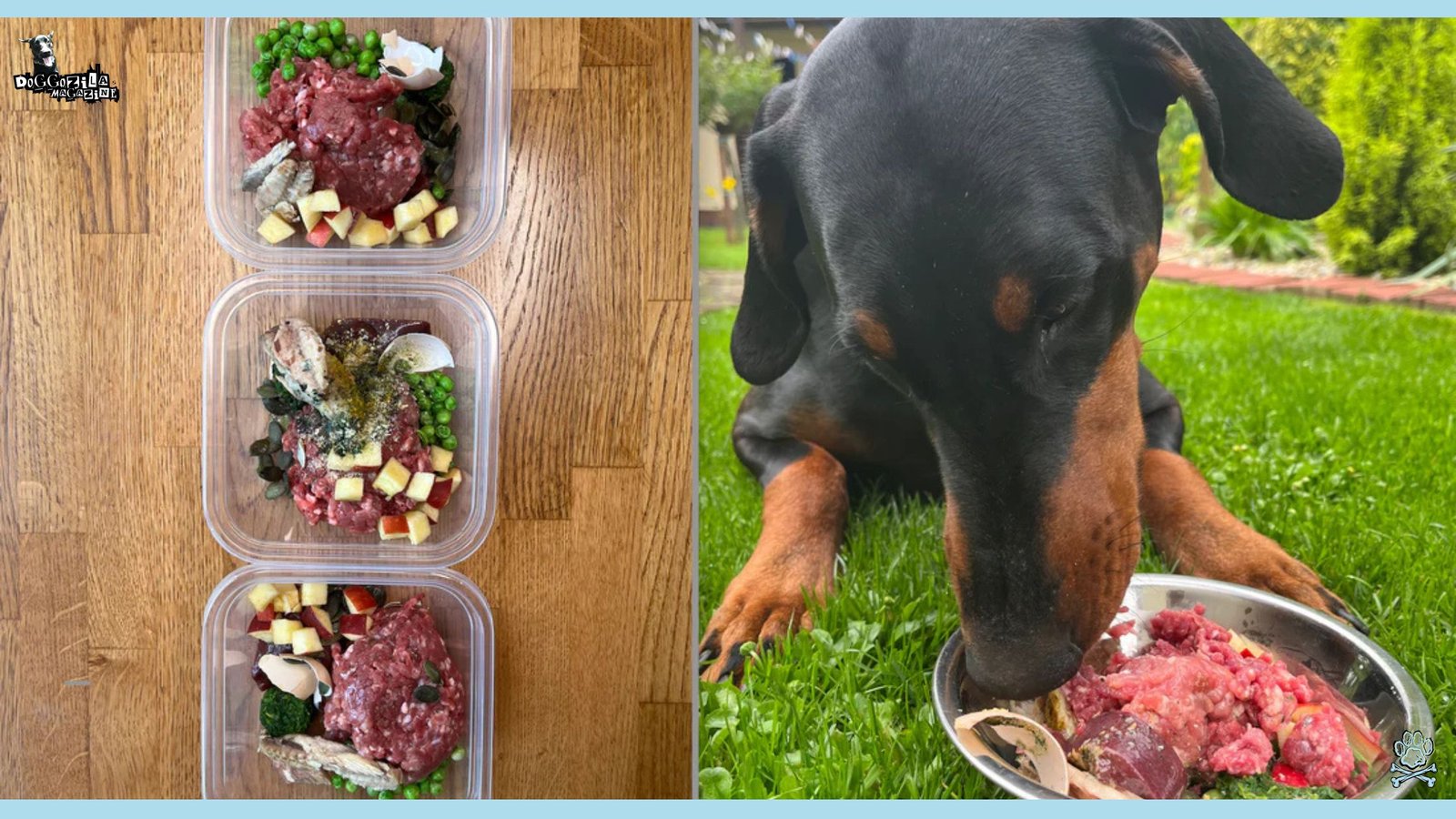
THE MICROBIOME CONNECTION TO A RAW FOOD DIET FOR DOGS
Emerging research connects diet and microbial populations. Dogs fed a raw diet have different gut microbes. They often show increased bacterial diversity. This generally means better gut health. The distinct nutrient profiles cause these changes. Natural microorganisms in raw ingredients also contribute.
These microbial differences have practical effects. Dogs on raw diets produce smaller, firmer stools. The odor is also significantly reduced. This suggests enhanced nutrient assimilation. Less waste material passes through the system. Cleanup is easier for owners.
The gut microbiome influences overall health. It affects immune function and nutrient metabolism. Behavior connects to gut health too. The gut-brain axis is a communication network. Gut microbes play a crucial role here. Research on raw diet effects here is limited.
How The Raw Foods Influences Gut Health?
The unique composition of a raw food diet for dogs directly shapes the gut microbial environment through multiple mechanisms. The high protein content provides different fermentation substrates compared to carbohydrate-rich diets, favoring bacteria that produce different metabolic byproducts.
The absence of high-temperature processing means natural enzymes remain active, potentially altering digestive processes. Additionally, raw ingredients introduce environmental microbes that may diversify the gut ecosystem, though this introduces both potential benefits and risks that require careful management.
Stool Quality Improvements with The Raw Foods
One of the most consistently reported benefits of a raw food diet for dogs involves dramatic improvements in stool quality and characteristics. Owners typically observe significantly reduced volume, firmer consistency, and less odor within weeks of transition.
Research confirms these observations, with multiple studies documenting better fecal scores in raw-fed dogs. These changes indicate more complete digestion and nutrient absorption, with less waste material remaining after the digestive process concludes.
Immune System Benefits from The Raw Food Diet
The gut microbiome plays a crucial role in immune system development and function, with approximately 70% of immune tissue located in the gastrointestinal tract. The microbial changes associated with a raw food diet for dogs may positively influence immune regulation, though this area requires more rigorous investigation. Some research has noted differences in lymphocyte counts and other immune parameters in raw-fed dogs, suggesting potential modulation of immune function worthy of further scientific exploration.
🔑 Key Points: Raw-fed dogs often have a more diverse gut microbiome, which leads to the commonly observed benefits of smaller, firmer, and less odorous stools, indicating more efficient digestion and nutrient absorption.

NUTRITIONAL SCIENCE BEHIND BALANCING A RAW FOOD DIET FOR DOGS
Formulating a complete raw diet requires expertise. The biggest concern is nutritional imbalance. Studies find frequent issues in homemade preparations. Deficiencies or excesses in minerals are common. These can cause serious health issues over time. Growing puppies are especially at risk.
Commercial raw diets from good companies are better. They often follow AAFCO nutrient profiles. This provides greater assurance of completeness. But variation exists among commercial products. Some studies found imbalances even in commercial options. Choose companies that employ nutrition experts.
Mineral balance deserves particular attention. The calcium-to-phosphorus ratio is critical. It influences skeletal development greatly. Raw meaty bones provide excellent mineral balance. But too much or too little bone is dangerous. Organ meats must be carefully controlled too.
Achieving Optimal Nutrient Balance With Raw Food Diet
Creating a properly balanced raw food diet for dogs requires meticulous attention to multiple nutritional factors. The calcium-to-phosphorus ratio should ideally fall between 1:1 and 1.3:1, which raw meaty bones naturally provide. Essential fatty acids must be balanced, particularly omega-3 and omega-6 ratios, which influence inflammatory pathways. Trace minerals like zinc, copper, and manganese require careful inclusion through specific ingredients or supplementation to prevent deficiencies that might not become apparent for months.
Common Nutritional Gaps in The Raw Food Diet
Even well-intentioned homemade formulations frequently contain specific nutritional shortcomings that compromise dog health. Iodine deficiency commonly occurs in land-animal-based diets without marine components or supplementation.
Vitamin E requirements increase with higher polyunsaturated fat content, creating a common deficiency in fat-rich formulations. Zinc bioavailability varies significantly between plant and animal sources, with plant-based zinc being less readily absorbed. Understanding these common gaps helps owners identify potential issues in their formulations.
Professional Formulation of a Raw Food diet for Dogs
Consulting with a veterinary nutritionist represents the safest approach to homemade raw feeding, ensuring all nutritional requirements receive appropriate attention. These specialists consider factors beyond basic nutrient levels, including nutrient interactions, bioavailability differences, and individual dog requirements.
Professional formulation typically involves detailed assessment of the specific ingredients available to the owner, the dog’s individual characteristics, and any health concerns, creating a customized plan that maximizes benefits while minimizing risks.
🔑 Key Points: Achieving nutritional balance is crucial and challenging; homemade raw diets frequently have dangerous imbalances in minerals and vitamins, making professional formulation or choosing commercially prepared diets that meet AAFCO standards highly recommended.
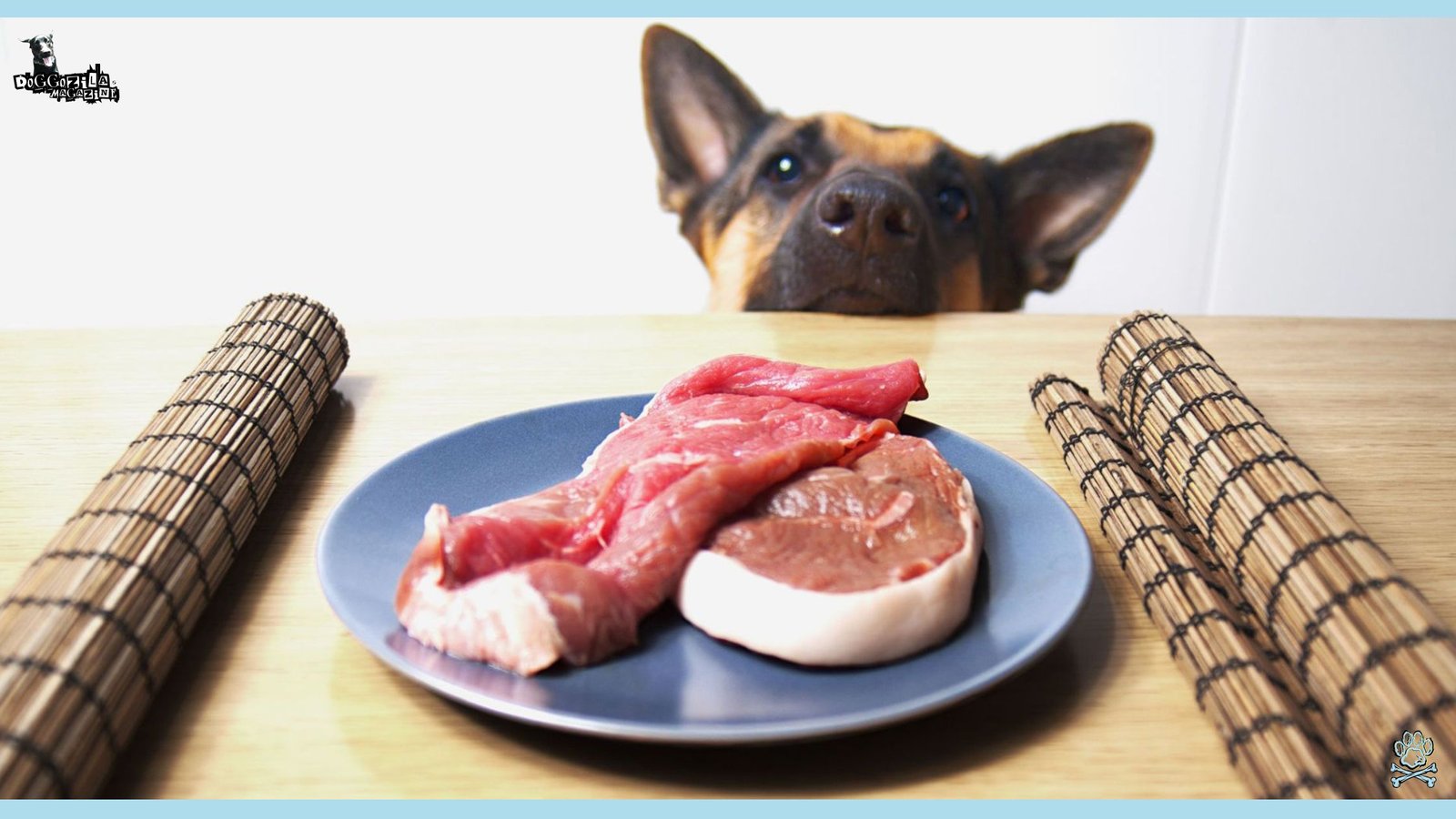
SAFETY CONSIDERATIONS FOR A RAW FOOD DIET FOR DOGS
Microbial contamination is the biggest concern. Studies find pathogens in commercial raw food. One FDA study found contamination in many samples. Salmonella, Listeria, and E. coli are risks. Freezing or freeze-drying preserves these organisms. It does not eliminate them.
Antimicrobial-resistant bacteria are another issue. A study found ESBL-producing bacteria in raw food. These bacteria degrade important antibiotics. This creates potential treatment challenges. It affects both pets and exposed people.
Proper handling reduces but does not eliminate risks. Treat raw pet food like other raw meat. Contain splashes and clean all surfaces. Do not wash raw meat before feeding. This can aerosolize bacteria. High-risk households should avoid raw diets.
Pathogen Management in The Raw Food Diet
Understanding and managing microbial risks represents a crucial responsibility for owners choosing a raw food diet for dogs. Selection of commercial products from companies implementing rigorous pathogen testing and safety protocols reduces but doesn’t eliminate risks.
Proper storage at consistent freezing temperatures prevents bacterial multiplication, while thawing in contained environments limits contamination opportunities. Some companies utilize high-pressure processing (HPP) to reduce pathogen loads while maintaining the raw characteristics, offering a middle-ground approach to safety concerns.
Safe Handling Practices of Raw Food
Implementing strict hygiene protocols minimizes but doesn’t eliminate risks associated with a raw food diet for dogs. Dedicated cutting boards, bowls, and utensils used exclusively for raw feeding prevent cross-contamination with human food items.
Immediate cleaning and disinfection of all surfaces and feeding areas after meals reduces environmental contamination. Proper hand washing with soap and water after handling raw food or cleaning feeding bowls represents the simplest yet most effective practice for reducing transmission risk to human household members.
High-Risk Household Considerations for a Raw Food Diet
In certain living situations, the risks of a raw food diet for dogs may outweigh potential benefits. Households with immunocompromised individuals, children under five, older family members, or pregnant mothers should exercise particular caution.
Even apparently healthy dogs can shed pathogenic bacteria without showing clinical signs, creating invisible transmission risks. For these households, alternative options like lightly cooked fresh diets or high-pressure processed raw diets may provide similar nutritional benefits with significantly reduced safety concerns.
🔑 Key Points: Raw diets can harbor pathogens like Salmonella and Listeria, posing risks to both pets and humans, necessitating strict hygiene practices and making them a poor choice for households with immunocompromised individuals, young children, or older people.
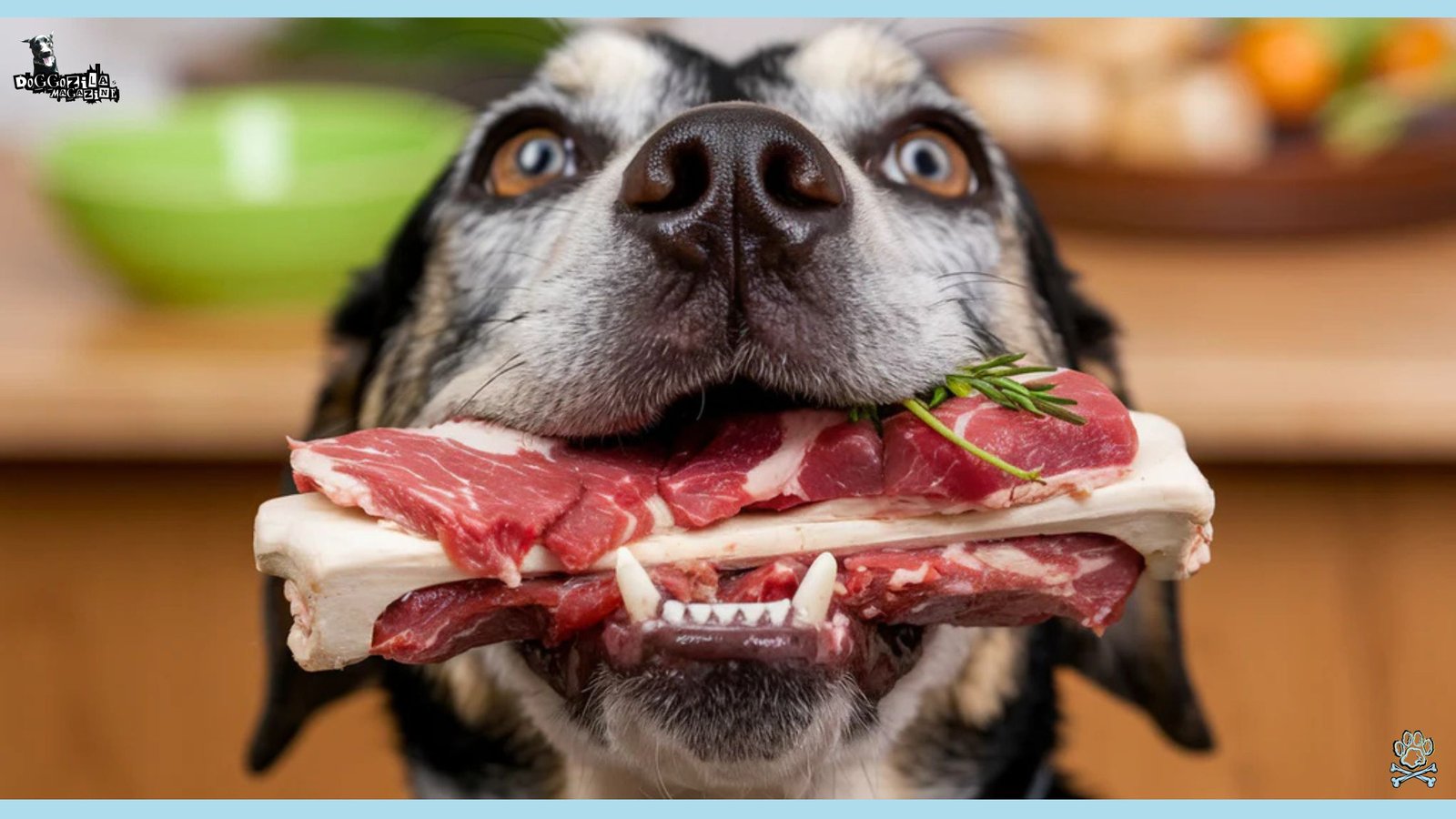
HOW TO TRANSITION YOUR DOG TO THE RAW FOOD DIET?
Implement the diet with careful planning. A gradual transition avoids digestive upset. Switch over 7-10 days for best results. Start by replacing 10-15% of the current food. Slowly increase the new raw food proportion. This lets the digestive system adapt.
Temporary changes may occur during transition. Stool consistency or energy levels might shift. These usually normalize within a few weeks. Probiotics can support gastrointestinal adaptation. Monitor weight, energy, and stool quality closely. Adjust the feeding plan if needed.
After transition, ongoing monitoring remains essential. Assess body condition score regularly. Check coat quality and energy levels. Periodic veterinary blood work can spot issues. Keep records of diet and response. This data helps optimize the dog feeding program.
How to Implement the Raw Food Diet Successfully?
Practical implementation of a raw food diet for dogs involves several important considerations beyond the transition process. Establishing organized storage systems for frozen components streamlines daily feeding routines. Creating a consistent feeding schedule helps regulate digestion and establishes predictable elimination patterns.
Measuring portions by weight rather than volume ensures accuracy, as the energy density of raw diets often differs significantly from commercial kibble. These practical steps simplify the daily routine while supporting the dog’s nutritional consistency.
Monitoring Your Dog’s Response to The Raw Food Diet
Careful observation during and after transition to a raw food diet for dogs provides crucial feedback about the diet’s appropriateness for an individual animal. Regular assessment of body condition score helps adjust portions to maintain ideal weight.
Observation of stool quality, skin condition, coat texture, and energy levels offers insights into how well the dog is adapting to the new diet. More formal documentation through photos, notes, or tracking sheets creates objective records that help identify subtle changes over time, enabling more informed adjustments when needed.
Troubleshooting Common Issues with a Raw Food Diet
Even with careful planning, some dogs experience challenges when adapting to a raw food diet for dogs. Temporary digestive upset may require slowing the transition pace or incorporating gut-supporting supplements. Picky eaters might need introduction strategies like light warming or hand-feeding initially.
Dogs unaccustomed to raw meaty bones may require supervision and instruction in safe consumption techniques. Understanding these potential hurdles and having strategies to address them helps owners navigate the transition more successfully while building confidence in their feeding approach.
🔑 Key Points: Transitioning to a raw diet should be done gradually over 7-10 days by slowly mixing in the new food with the old, while closely monitoring the dog’s weight, energy, and stool quality to ensure a smooth adaptation.
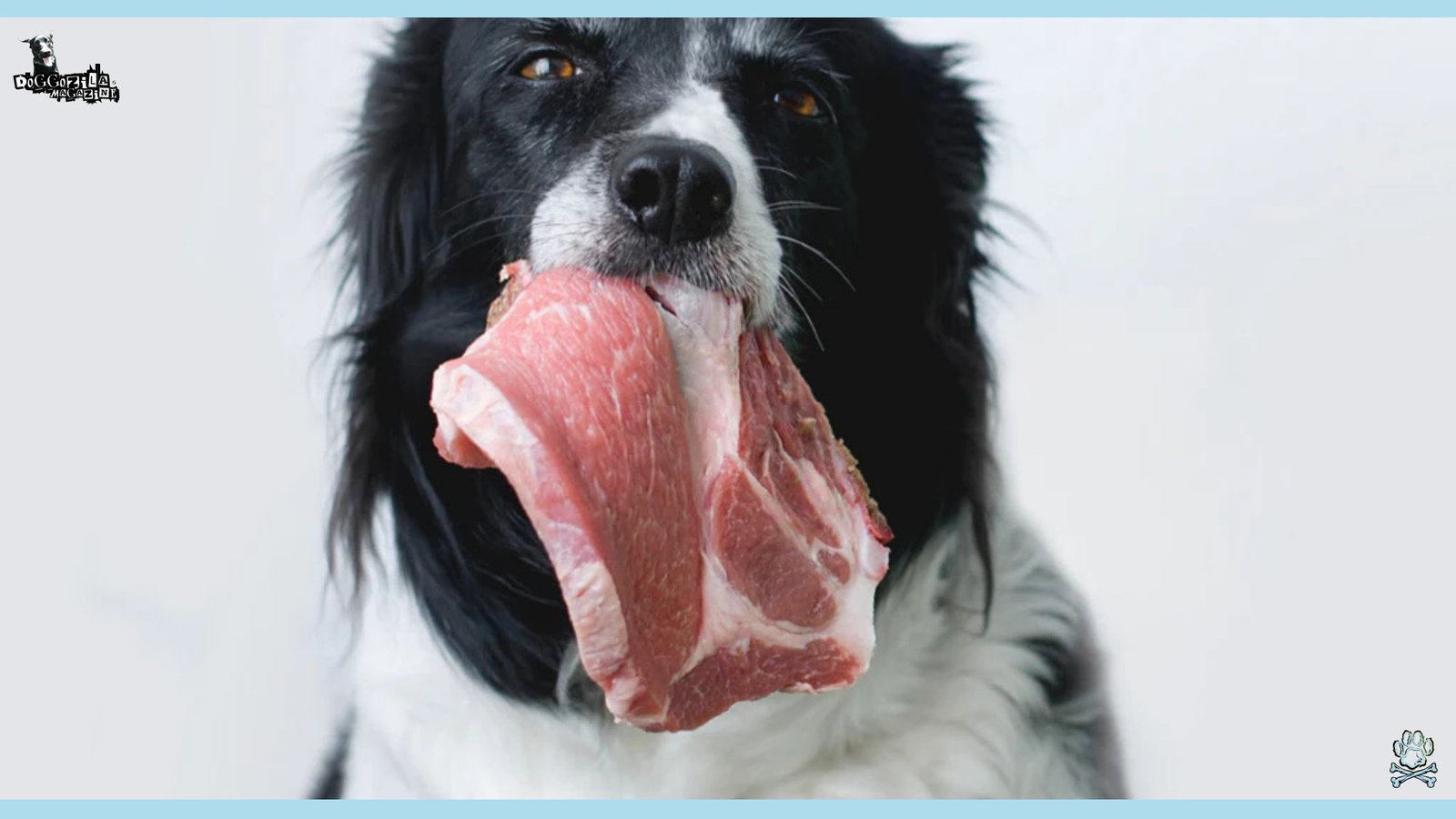
THE FUTURE OF RAW FOOD DIETS FOR DOGS
Scientific investigation continues to evolve. Researchers are exploring impacts on specific health parameters. Immune function and inflammatory markers are of interest. Effects on advanced glycation end-products are being studied. These form during high-temperature processing. They may contribute to chronic inflammation.
The pet food industry is innovating constantly. High-pressure processing reduces pathogen loads effectively. Freeze-drying techniques preserve nutrients while enhancing convenience. Formulation sophistication continues to increase. Companies invest more in nutritional research. This addresses historical imbalance concerns.
Sustainability emphasis introduces challenges and opportunities. Some question the environmental impact of meat-heavy diets. Others highlight using food chain by-products. Future developments may include sustainable protein sources. Improved production methods will lower environmental impact. Transparency about sourcing will increase.
Emerging Research on a Raw Food Diet
Scientific investigation continues expanding our understanding of how a raw food diet for dogs influences canine physiology beyond basic nutrition. Current studies explore impacts on the gut-brain axis, immune modulation, and chronic disease prevention.
Researchers are applying sophisticated -omics technologies (genomics, proteomics, metabolomics) to identify subtle metabolic differences between dogs fed different diet types. These advanced approaches may reveal previously unrecognized benefits or concerns, providing more nuanced guidance for owners and veterinary professionals making feeding recommendations.
Technological Innovations
Advancements in food technology address historical concerns about raw feeding while preserving its potential benefits. High-pressure processing (HPP) effectively reduces pathogen loads without heat, alleviating some safety concerns. Improved freeze-drying techniques enhance shelf stability while maintaining nutritional quality.
Testing methodologies now enable more comprehensive pathogen screening, giving manufacturers and consumers greater confidence in product safety. These innovations continue bridging the gap between the theoretical benefits of raw feeding and practical safety considerations.
Sustainability Considerations
As environmental concerns increasingly influence consumer choices, the sustainability of a raw food diet for dogs requires careful consideration. While meat production carries environmental impacts, some raw formulations utilize parts of animals not consumed by humans, potentially reducing waste.
Future developments may include greater incorporation of alternative proteins, regenerative agriculture practices, and improved supply chain efficiency. These innovations may help align raw feeding practices with broader environmental values while maintaining the nutritional principles that make these diets beneficial for many dogs.
Top 3 Recommended Articles About Homemade Dog Food Recipes
- Homemade Dog Chews: Recipes for Healthy Treats
- Healthy Homemade Dog Food: 10 Recipes for Balanced Diet
- Homemade Dog Treats: Delicious and Healthy Recipes
Final Thoughts
The decision to implement a raw food diet for dogs involves careful consideration of potential benefits against legitimate concerns. While research demonstrates possible advantages for skin/coat health, stool quality, and certain metabolic parameters, these must be balanced against safety considerations and the challenge of formulating nutritionally complete meals.
The optimal approach varies for each dog and household situation, requiring individualized assessment rather than universal recommendations. Owners considering this feeding approach should engage in thorough research, consult with veterinary professionals knowledgeable about raw nutrition, and implement strict safety protocols.
When properly formulated and handled, a raw food diet for dogs may offer meaningful health benefits for many canines. However, the commitment required for success should not be underestimated, as consistent implementation proves crucial for both safety and nutritional adequacy.
Share your raw feeding experiences with us! We love hearing about your journey.
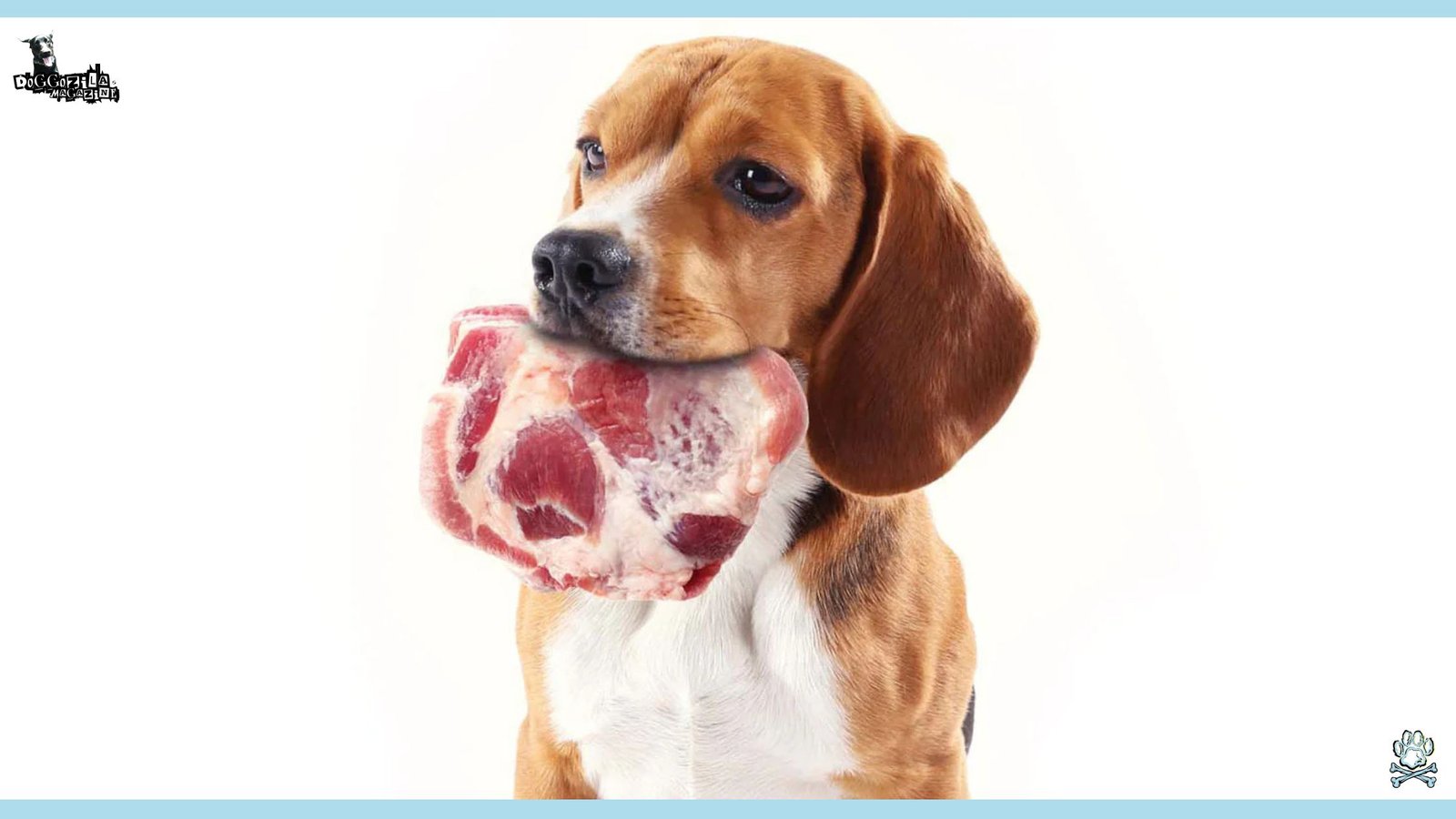
Ask questions about implementing a raw food diet for dogs. Our community learns best from shared stories.





